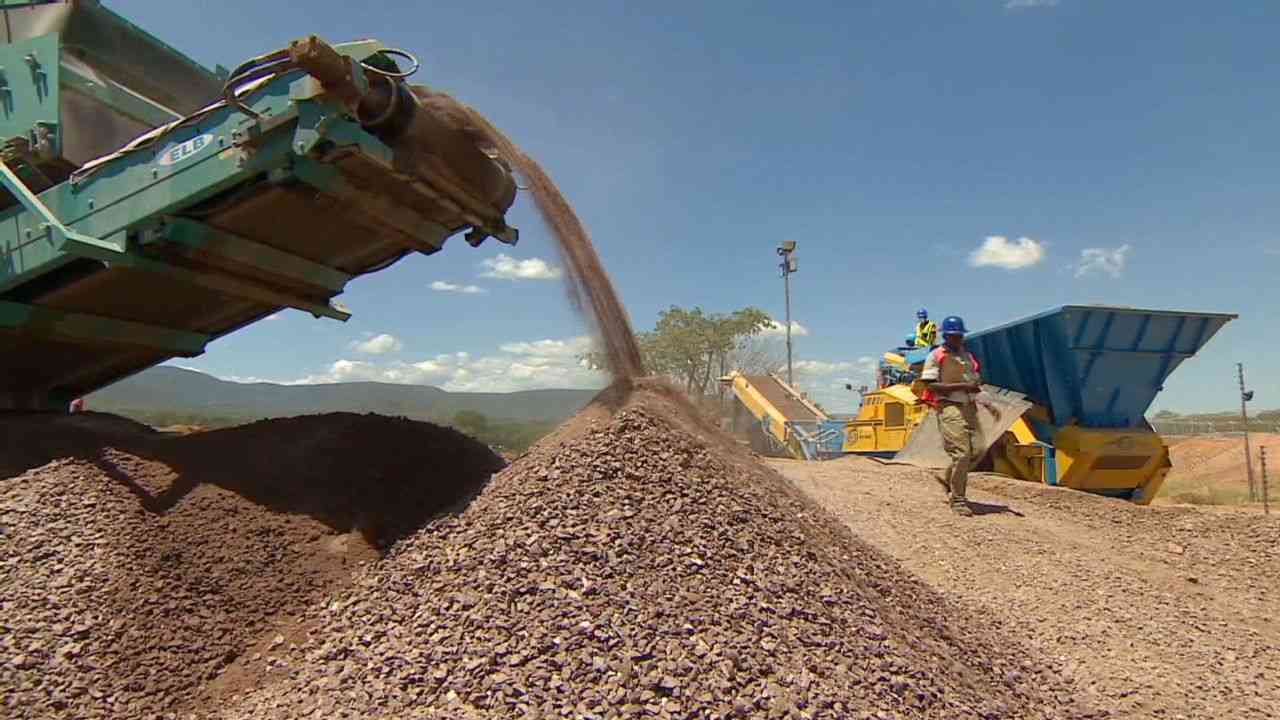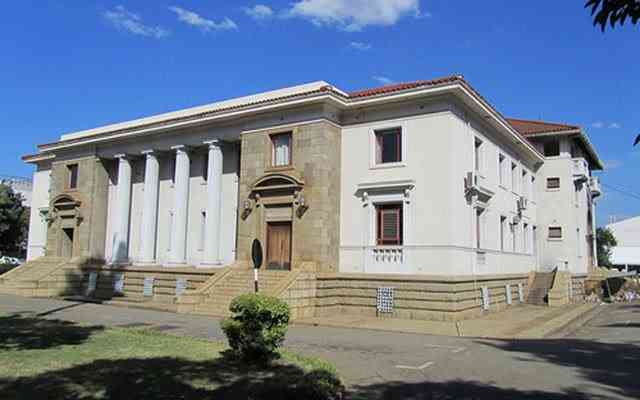RECENTLY, both the Reserve Bank of Zimbabwe (RBZ) and the Ministry of Finance and Investment Promotion made some presentations to parliament highlighting some key updates on the economy. It is on that basis that I craft this article and will end up with my opinion regarding where we are headed.
Foreign currency receipts
For some time now, Zimbabwe has witnessed excellent records of foreign currency inflows with the latest annual number being a record-breaking US$11,7 billion in 2022.
These inflows are spearheaded mainly by exports that were benefitting from the global commodity price boom and remittances in the form of both diaspora remittances and foreign aid. Private loan proceeds have seen a 75% growth to US$1,24 billion for the first three quarters of the year compared to last year.
Although remittances remain buoyant, with an average 6% growth year-on-year, exports of which on average 70% come from mining have tumbled 9,6% as commodity prices on the global market corrected.
Foreign direct investment for the longest time has not been a significant component of our inflows albeit growing yearly. Overall the receipts are up 2,5% despite the weakening exports.
Keep Reading
- RBZ blocks Harare US dollar charges
- Industry cries foul over new export surrender requirements
- One stitch in time saves nine
- Banks keep NPLs in safe territory
Banking sector
The bank reported that foreign currency deposits in the banking sector have grown from US$300 million in 2018 to US$1,6 billion now, and recently the use of a multi-currency regime was extended up to the end of 2030.
For every deposit in the bank, US$0,55 are going towards creating loans, that ratio is below the 70% benchmark as banks were hesitant to lend before the extension of the multicurrency regime.
United States dollar lending rates are anticipated to decrease in tandem with international rates as global inflationary pressure recedes. The central bank encouraged banks to create cheaper bank accounts with fewer requirements in order to promote formalisation and encourage banking.
In addition, the central bank is also working to persuade the removal of IMTT on point of sale (POS) transactions for the same reason.
Public finance
The Ministry of Finance highlighted that government revenues in US dollar terms have now reached the US$7 billion level. Revenue collections for the first three quarters are approximately US$4,1 billion versus expenditure of US$4,5 billion, representing an 8% deficit. Meanwhile, the ministry is preparing for the 2024 national budget.
Of the government revenue, 97,5% came from tax whilst non-tax revenue was just the remainder. Of the tax revenue, value added tax (VAT) continues to be the biggest contributor with just over 29% whilst personal income and corporate taxes came in at 19,3% and 11,4% respectively.
Exercise duty and customs duty are other key components of our fiscus with a combined contribution of 20%.
Agriculture sector
The agriculture sector has over the past few years contributed on average 12% towards the nation’s GDP being the third largest sector after mining and retail and trade.
Growth was reported over a seven-year period across most of the subsectors such as maize, cotton and soybeans amongst others. Wheat products have also seen significant growth spearheaded by private-sector financing. The national herd, milk and egg production were reported to have experienced growth, signalling that the country is now able to meet its food security requirements.
Mining sector
The mining sector has been the backbone of the economy recently contributing the majority of exports and benefitting from commodity prices. Over the recent years, the industry has also benefitted from the discovery of lithium and has seen investments.
The Ministry of Finance reported that investments in the industry have received more than US$12 billion. However, with pressures on mineral prices, the US$12 mining revenue target might require a few more years before it is achieved.
Lithium production, which was 63 tonnes in 2019 has grown to 882 tonnes in 2023 so far. Gold has also seen significant growth with 37,3 tonnes recorded in 2022, whilst diamonds recorded a cumulative 120% over the seven-year window. However, nickel and chrome have seen a decrease in production over the same window.
Infrastructure development
Growth has also come from infrastructure development with major developments like the Robert Mugabe International Airport upgrade and expansion at a value of US$109 million.
The Beitbridge border post upgrade was completed for US$300 million, whilst the rehabilitation of the Harare-Masvingo-Beitbridge road is expected by the end of the year according to the reports.
It was also reported that 186 000 housing units had been built across all provinces.
Analyst’s comment
Looking at the numbers as they are presented, one can easily agree that growth of some sort has been witnessed in the country, especially over the seven-year horizon that most results were based on.
What I am mostly worried about is the prospects of that trend continuing, especially considering that some of the sectors were coming from a low base.
The infrastructure had dilapidated and needed investments, and to be fair might still require more injections for the next five years or so.
In terms of minerals, as long as they are exported in raw form, our exports are vulnerable to shocks in global prices and beneficiation can go a long way in reducing this.
The agriculture sector is another one that is vulnerable to weather patterns and this could be mitigated by increasing water reservoirs.
Considering the investments in this sector, be it from government support, bank lending or even private sector investments, I opine more contribution towards national output is expected.
Considering a commitment to continuing with the multi-currency regime, weakening export receipts and a growing import bill, there is need for a clear strategy on how foreign currency circulation is guaranteed.
Reading along the lines, it seems the plans to de-dollarise have not been completely thrown away, and if our foreign currency receipts decline, de-dollarisation might be the only feasible option, even before the end of 2030.
This, in my opinion, will have devastating impacts, hence a need to make sure that either we cut on imports or improve our receipts.
As it stands, the diaspora market seems to be a critical key of our economy via remittances and that trend could continue in the foreseeable future.
However, maybe more has to be done to make the foreign direct investments a substantial part of our export receipts.
- Hozheri is an investment analyst with an interest in sharing opinions on capital markets performance, the economy and international trade, among other areas. He holds a B. Com in Finance and is progressing well with the CFA programme. — 0784 707 653 and Rufaro Hozheri is his username for all social media platforms.





